This Pepita Pesto recipe swaps pumpkin seeds for pine nuts and offers an affordable and tasty twist on the popular condiment (when compared to versions made with pine nuts). Give this vibrant pesto with pumpkin seeds a try on your next pasta dish!
Pesto is one of those things I enjoy but never make. I blame the pine nuts called for in traditional recipes. Not only are they spendy, but I don’t know what else you can do with them besides toast them and toss them on salads. I’m sure between some googling and oogling of Pinterest boards I’d be more informed on the likely versatility of the pine nut (admittedly, they’d probably be pretty amazing in chocolate chip cookies), but that doesn’t resolve the hit to my wallet.
Enter the humble pepita (aka pumpkin seed). Which are around half the cost of pine nuts (and even less, depending on the brand). And you know what else? You can use pepitas to make pesto! And Pumpkin Seed Pesto is super delicious, for reals.
That and there’s no risk of the dreaded and mysterious ‘pine mouth’ with pepitas.
Jump to:
Pumpkin Seed Pesto, A Delicious Variation
Pumpkin Seed Pesto (or Pepita Pesto) is a departure from classic Italian versions but relies on the same core ingredients including garlic, olive oil, and Parmesan cheese. But newly invited to the party are parsley, cilantro, and lime juice, which add an herbaceous brightness, and red pepper flakes, which lend some heat. I feel that going the parsley/cilantro route over basil makes it something you can think outside of the pasta box with. You can use it in ways that aren’t decidedly Italian - like slathered on a pork loin, as a grilled cheese sandwich spread, or incorporated into potato salad.
I love this recipe because it’s fairly simple and because I always secretly feel super accomplished for creating something that looks so fancy, bright, and fresh. Just toss all the ingredients into a food processor and let it do all the work for you. But take all the credit.
How to Make Pumpkin Seed Pesto - Ingredients
For this Pumpkin Seed Pesto recipe you will need the following ingredients:
- pepitas*
- cilantro
- parsley (Italian or Curly both work here)
- garlic clove
- lime juice (freshly squeezed)
- red pepper flakes
- grated parmesan cheese
- extra virgin olive oil
- salt, to taste
- pepper, to taste
*See recipe card for ingredient amounts.
How to Make Pumpkin Seed Pesto - Directions
Remove the stems from the cilantro and parsley. I usually just cut just above the tie and don’t go to the trouble of stripping the leaves from individual stems.
Add all of the ingredients except for the olive oil to a food processor, including a few dashes of salt and pepper.
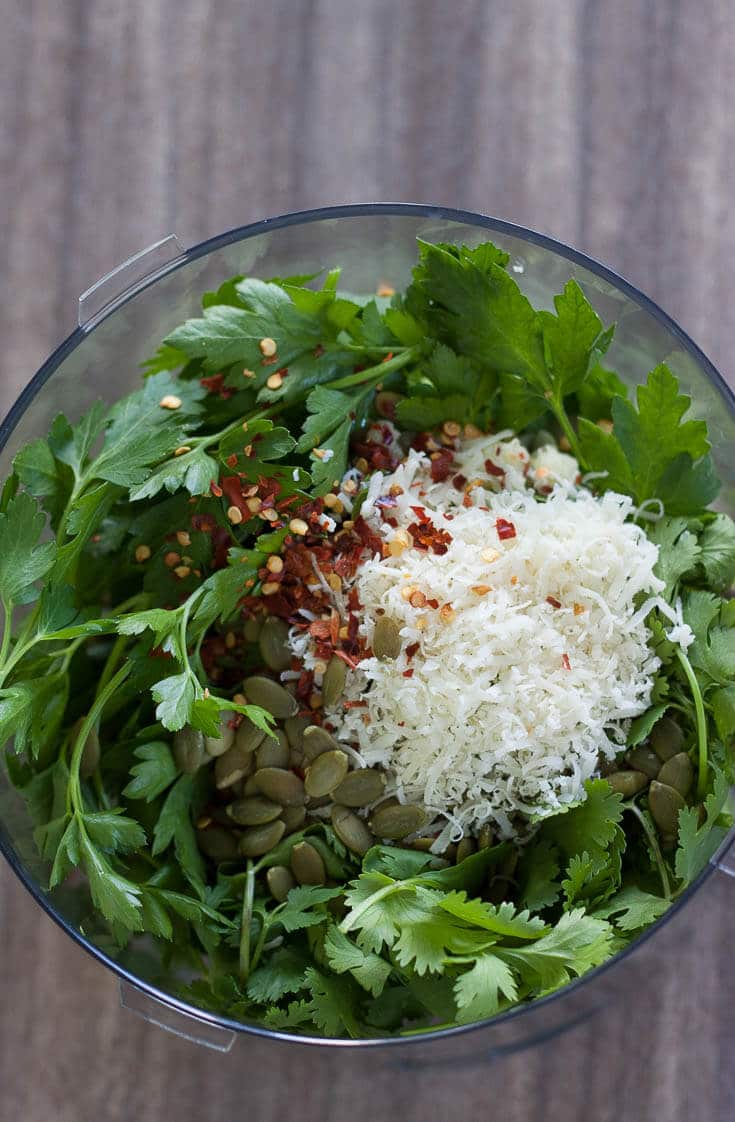
Start food processor, and slowly stream in ⅓ cup of extra virgin olive oil.
Process, stopping to scrape down the sides as necessary, until well combined.
Check consistency and add more olive oil, if necessary. You should have a sort of cilantro pepito pesto paste at this point.
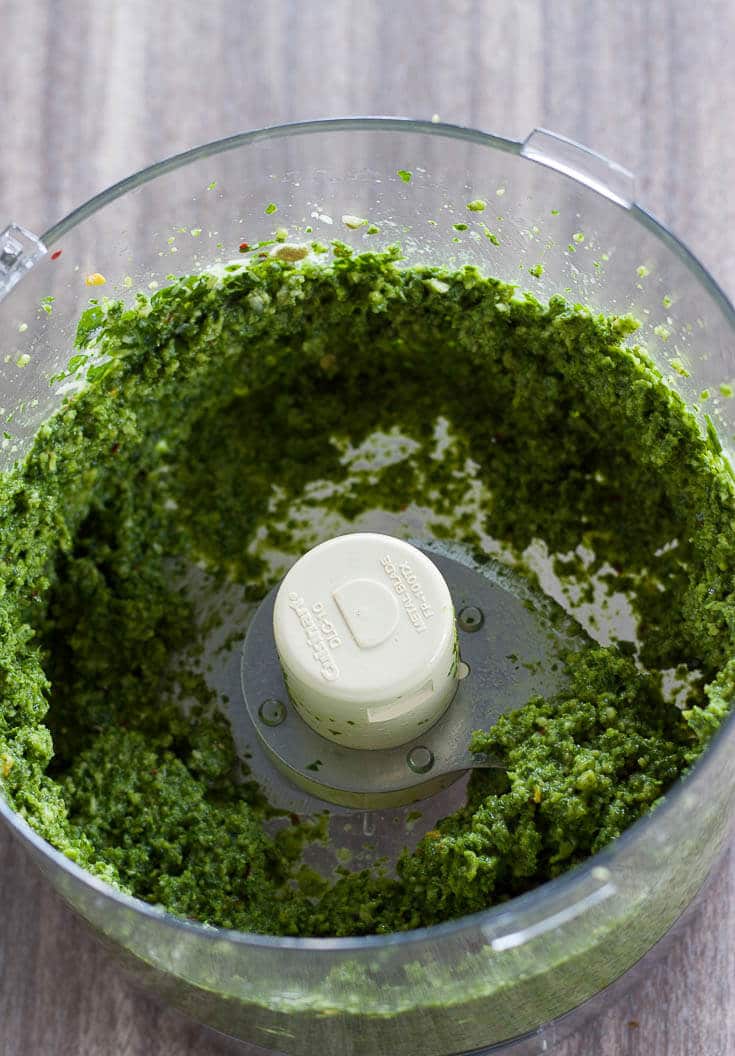
I prefer to leave my pesto chunky - as sort of a pepita pesto paste - until I use it. I find that I can add additional olive oil later on if necessary. But if you prefer a looser consistency, feel free to add more olive oil.
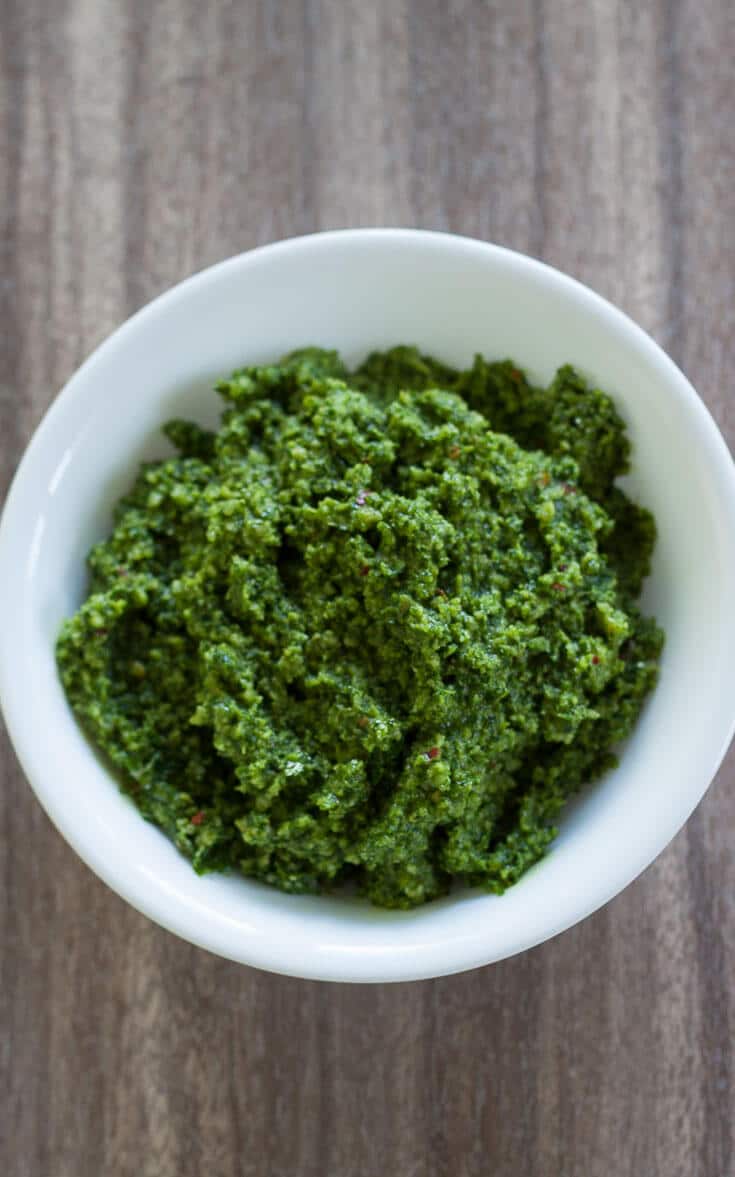
*If you’re struggling to find pepitas, I recommend ordering online. You’re already here, so go out and get you some! I’m a fan of Sincerely Nuts pepitas, and order them from Amazon. Get a pound. Use the extra pepitas to make Oven Roasted Pepitas.
Uses for Pumpkin Seed Pesto
Pepita pesto has a ton of great uses, including:
- As a pasta sauce, mixed into your favorite noodles like penne or fettuccini.
- On top of a piece of toasted crostini or as a sandwich spread.
- As a mix-in with scrambled eggs or spread on to breakfast sandwiches.
Variations & Substitutions
This Pumpkin Seed Pesto recipe is super flexible so feel free to make adjustments to suit your tastes. Here are some suggestions.
- Hate cilantro? So do I! Leave it out and use more parsley instead. Or replace with fresh basil.
- Have lemon on hand? Use it instead of lime. But try to use fresh-squeezed if you can. If not, I won't tell if you use the bottled stuff.
- Make it spicy! Add in some red pepper flakes or cayenne pepper to add some heat. Try starting with ¼ teaspoon of red pepper flakes or ⅛ teaspoon cayenne pepper, taste, and add more incrementally as needed.
- Swap parmesan cheese for cotija cheese.
FAQ
Pesto is an herbaceous green condiment whose origins reside in Italy. Traditional recipes call for basil, pine nuts, garlic, olive oil, and Parmesan cheese. However, pesto is versatile and is amenable to substitutions like kale or spinach instead of basil or walnuts instead of pine nuts.
Raw pepitas (pumpkin seeds) have a slightly sweet, nutty flavor and a delightful crunch. You can also toast the pepitas before use in this Pepita Pesto to enhance the nuttiness even more. But I think they work beautifully raw too.
These delicious and herbaceous condiments may look similar but they differ in a few important ways. Pesto has its roots in Italy, whereas Chimichurri is of Argentinian descent. Pesto is made with basil, while chimichurri is made with parsley and oregano, and occasionally cilantro. I think of pesto as an herb and nut condiment, as recipes usually call for pine nuts, though you can sub in other types of nuts like pepitas - as I do in this recipe! Chimichurri is an herb and vinegar condiment, as white vinegar is where it gets its signature tang. Despite their differences, they both make some seriously tasty toppings.
Store leftover Pepita Pesto in a covered container in the refrigerator and it will last for up to one week.
Condiment crazy? Check these out.
Recent Recipes on Midwexican
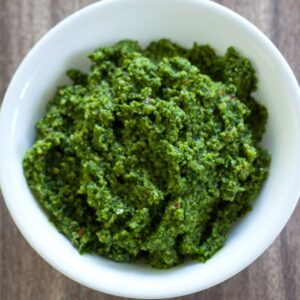
Pesto with Pumpkin Seeds (Pepita Pesto)
Equipment
Ingredients
- ⅓ cup pepitas
- ½ bunch cilantro
- 1 bunch parsley (Italian or Curly both work here)
- 1 large garlic clove
- 1 tablespoon lime juice (freshly squeezed)
- ½ teaspoon red pepper flakes
- 2-3 tablespoons grated parmesan cheese
- ⅓-⅔ cup extra virgin olive oil
- salt to taste
- black pepper to taste
Instructions
- Remove the stems from the cilantro and parsley. I usually just cut just above the tie and don’t go to the trouble of stripping the leaves from individual stems.
- Add all of the ingredients except for the olive oil to a food processor, including a few dashes of salt and pepper.
- Start food processor, and slowly stream in ⅓ cup of extra virgin olive oil.
- Process, stopping to scrape down the sides as necessary, until well combined.
- Check consistency and add more olive oil, if necessary (see notes). You should have a sort of pepito pesto paste at this point.
- Use immediately or refrigerate until ready to use.
Notes
Nutrition
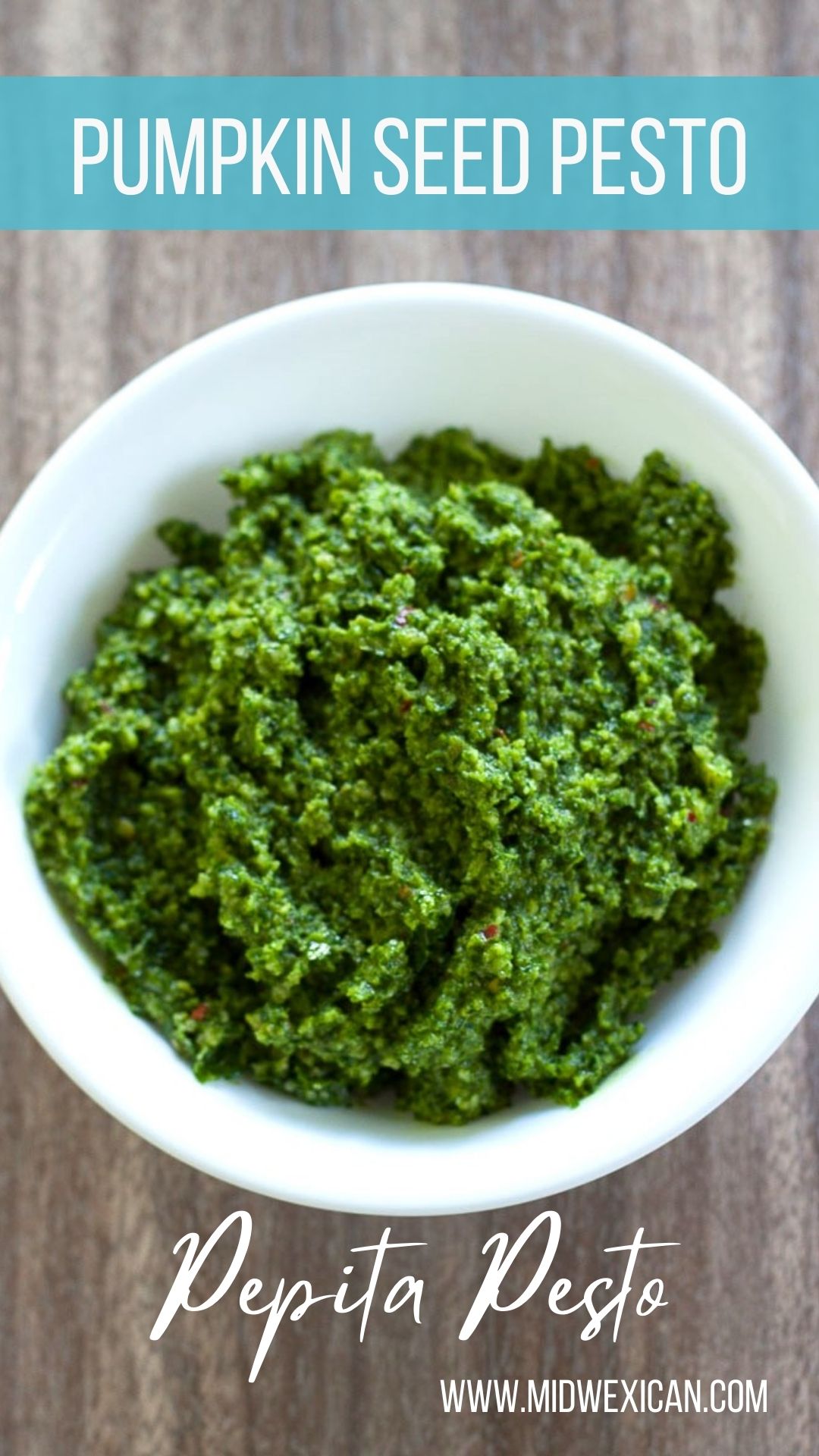






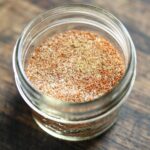







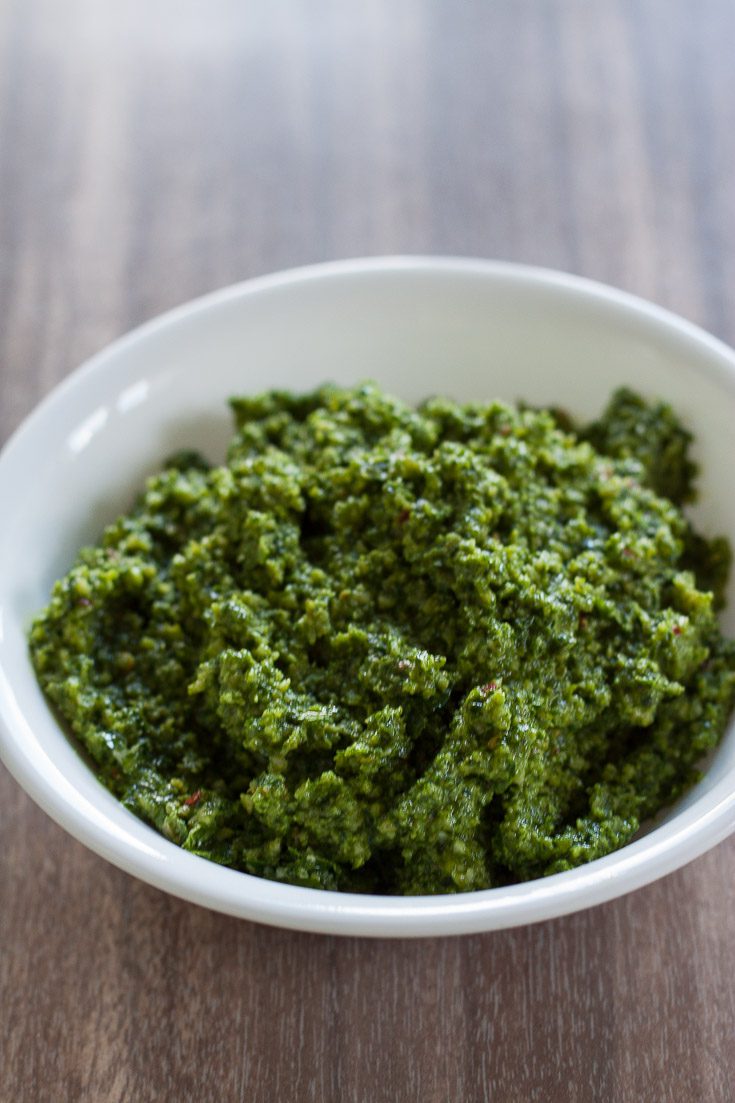
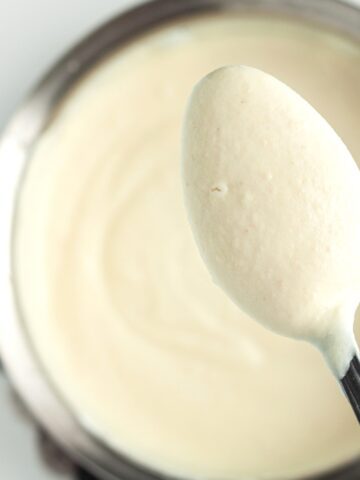
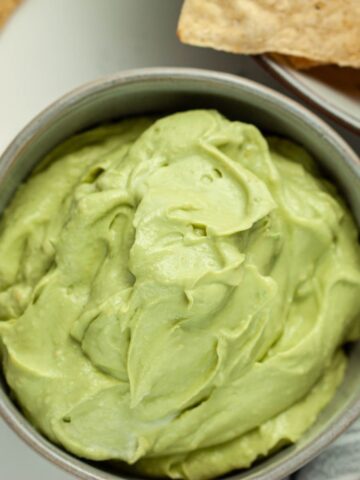
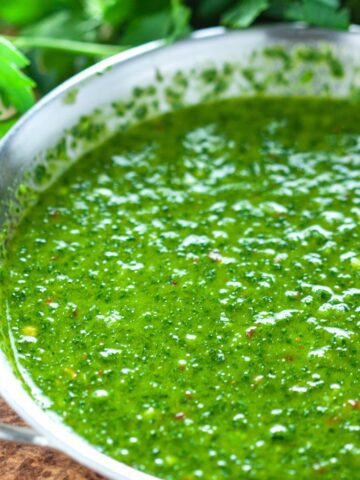
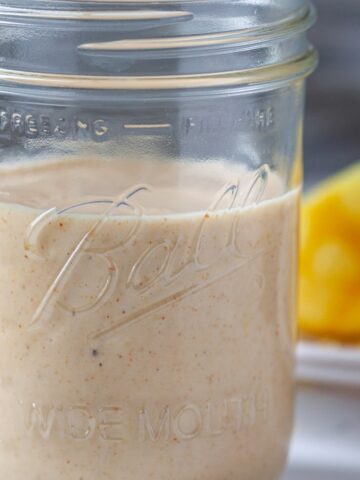
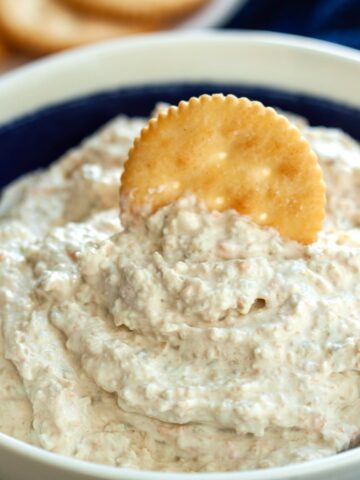

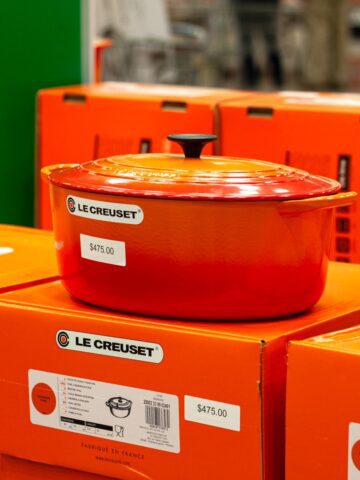
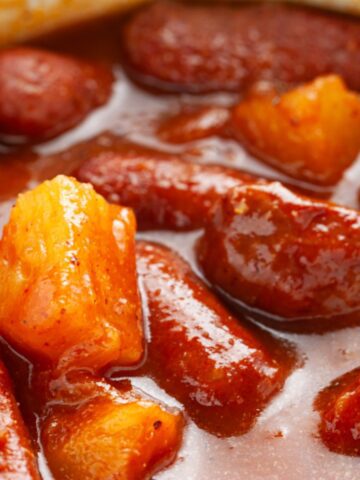
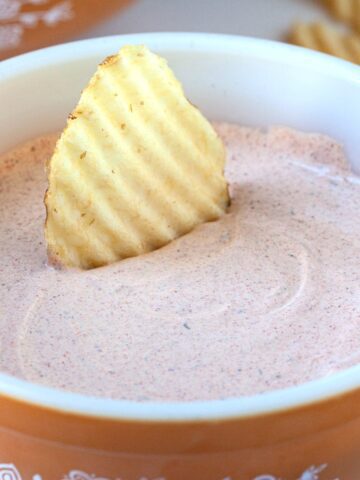
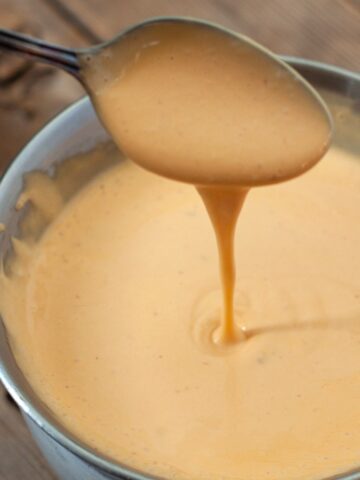

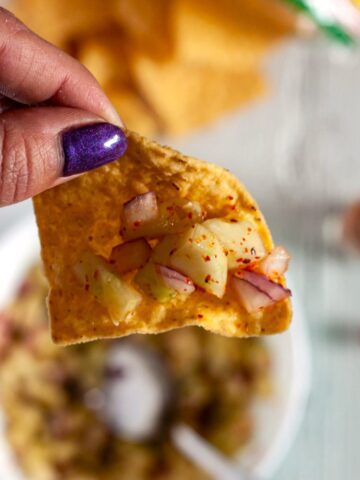
Leave a Reply